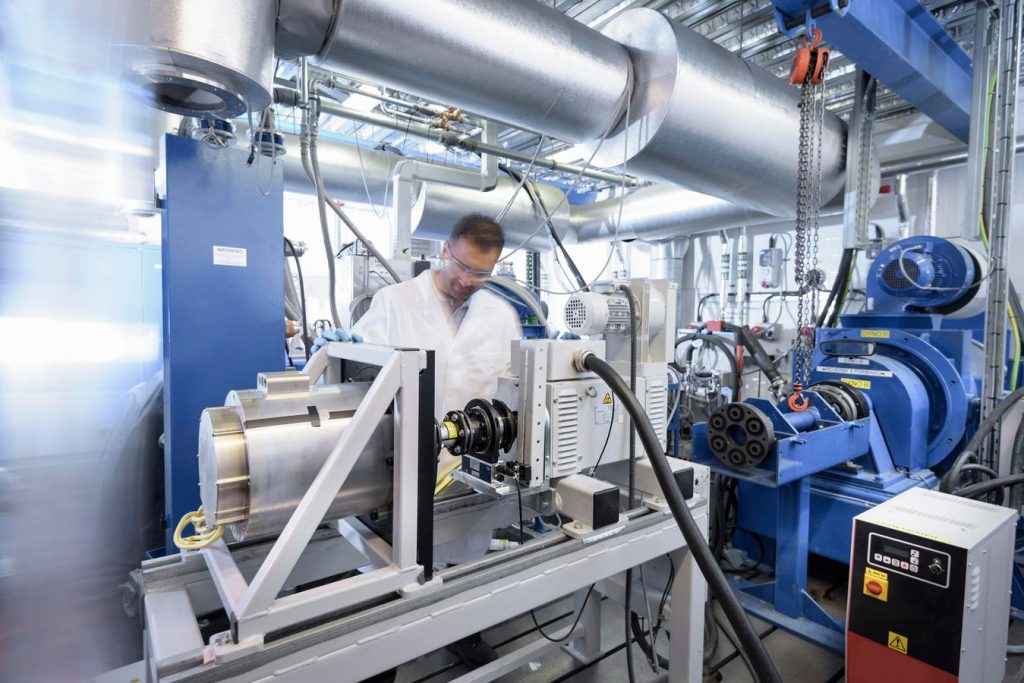CEO & Cofounder of Impossible Metals Inc.
As I shared in Part 1, climate change is a crisis threatening our world and way of life. As we transition to a low-carbon economy to achieve net-zero emissions by 2050, electrification requires critical metals—such as nickel, cobalt, copper and manganese—leading to greatly increased demand.
According to estimates, by 2035, 384 new mines will be required to meet the battery demand, which is projected to increase 500% by 2050. This requirement’s sheer scale raises concerns about the metals’ availability and sustainability despite some low-energy lithium-ion batteries moving to iron phosphorus (LFP) chemistries.
Let’s explore four potential solutions to resolving the critical metals shortage: space mining, recycling, land mining and deep-sea mining. Each has advantages and challenges, and it’s critical to consider the economic, environmental, social and governance (ESG) impacts.
Space Mining
The idea of extracting metals from the moon or asteroids is gaining proponents, and dozens of companies are interested. On the advantage side, ESG issues associated with terrestrial mining, such as deforestation, biodiversity loss and people displacement, wouldn’t apply in space.
However, space mining needs a United Nations legal framework for mineral rights, and the associated costs and carbon footprint remain significant barriers. It’s unlikely to become a viable option within the next decade(s). Still, companies can prepare by staying informed about space mining advancements and building a flexible supply chain to easily accommodate new metal sources, including those from space.
Recycling
Recycling is a potential solution, as many battery metals are highly reusable. While there is demand, few batteries will be available to recycle for a decade or more. A new EV won’t be scrapped for 10 to 15 years. Its battery pack, while no longer able to power a vehicle, can last 15 to 20 years and find a second life storing wind or solar energy before being recycled. LFP batteries have the added disadvantage that only the lithium in them is worth recycling.
While battery recycling may achieve 100% circularity in 50 years or so and help close the demand gap for batteries, mining for new metals will still be necessary. Today, business leaders can ensure lithium-ion batteries from products such as computers and cell phones are recycled to support the growing recycling industry. Battery manufacturers can join passport programs to increase transparency and enable sustainable and circular value chains. I would also encourage automotive manufacturers to be more active in recycling. Consider designing battery packs that can easily be removed from the vehicle, and set up strategies to accept used battery packs at end-of-life.
Land Mining
Land mining, the traditional method of extracting metals, has several advantages. In most countries, mineral deposits are public resources. If exploited responsibly, mineral wealth can contribute to public revenue, create jobs and provide citizen income. Additionally, mining can provide training and skills transfer, and countries that mine and process metals from their deposits are less likely to face supply chain and geopolitical issues.
However, land mining also faces many challenges. High-grade new resources availability is limited; analysis of major mines that came online between 2010 and 2019 shows that it took 16-plus years to develop projects from discovery to first production, requiring massive infrastructure investments. New infrastructure often faces legal challenges, delaying permits, as demonstrated by proposed Minnesota mines. In 2022, the Biden administration reversed the renewal of two mineral rights leases for a proposed copper-nickel mine and will proceed with a study that could prevent mining upstream from a wilderness area. It also faces a number of concerning ESG impacts, including child labor, people displacement, deforestation, biodiversity loss, high CO2 emissions, and toxic waste tailings.
Deep-Sea Mining
The ocean is our largest mineral resource, and with legal frameworks like the United Nations Convention on the Law of the Sea (UNCLOS) and national legislation, deep-sea mining offers multiple advantages. This method can help eliminate the need for new infrastructure and reuse existing ships and ports, and it contains multiple minerals in a single form. Moreover, deep-sea mining can provide high-grade resources at a lower cost and doesn’t displace or harm local communities. The UNCLOS treaty defines international seabed minerals as humanity’s common heritage, which could allow it to provide a royalty for developing nations impacted by climate crisis.
There are several types of deep-sea mining resources with different extraction methods, impacts and values, none with current production permits in place. For example, seabed nodule fields, particularly in the Clarion-Clipperton Zone (CCZ) and the Cooks Islands EEZ, hold great potential with their nickel and cobalt reserves. (Full disclosure: My company focuses on this extraction method, as do others.) With 31 exploration permits issued by ISA and three by SBMA and a significant amount being spent on ongoing research, deep-sea mining could be a significant source of critical metals.
As with all forms of mining, however, there are challenges to consider with deep-sea mining. Many of these revolve around environmental concerns, such as biodiversity loss due to dredging; habitat destruction (for example, an octopus species that lays its eggs on the seabed nodules); destructive sediment plumes from 1970s technology like dredgers; and noise and light pollution that could affect marine life.
Conclusion
Meeting the demand for critical metals in pursuing net-zero emissions will likely require a comprehensive approach that considers various potential sources. While land mining remains the default option, it faces significant ESG, economic and geopolitical challenges. Recycling offers a path toward a circular economy, but new metals are needed in the short term to meet the growing demand. Space mining may be an option in the future, but it requires further advancements and a legal framework to become viable. And deep-sea mining has negative effects on ocean habitat to resolve, but its legal frameworks and potential as being a safer alternative for humans over land mining make it a promising option.
By exploring these potential sources and addressing the associated challenges, I believe we all can help ensure the availability of critical metals while minimizing their extraction impacts.
Forbes Business Council is the foremost growth and networking organization for business owners and leaders. Do I qualify?
Read the full article here










